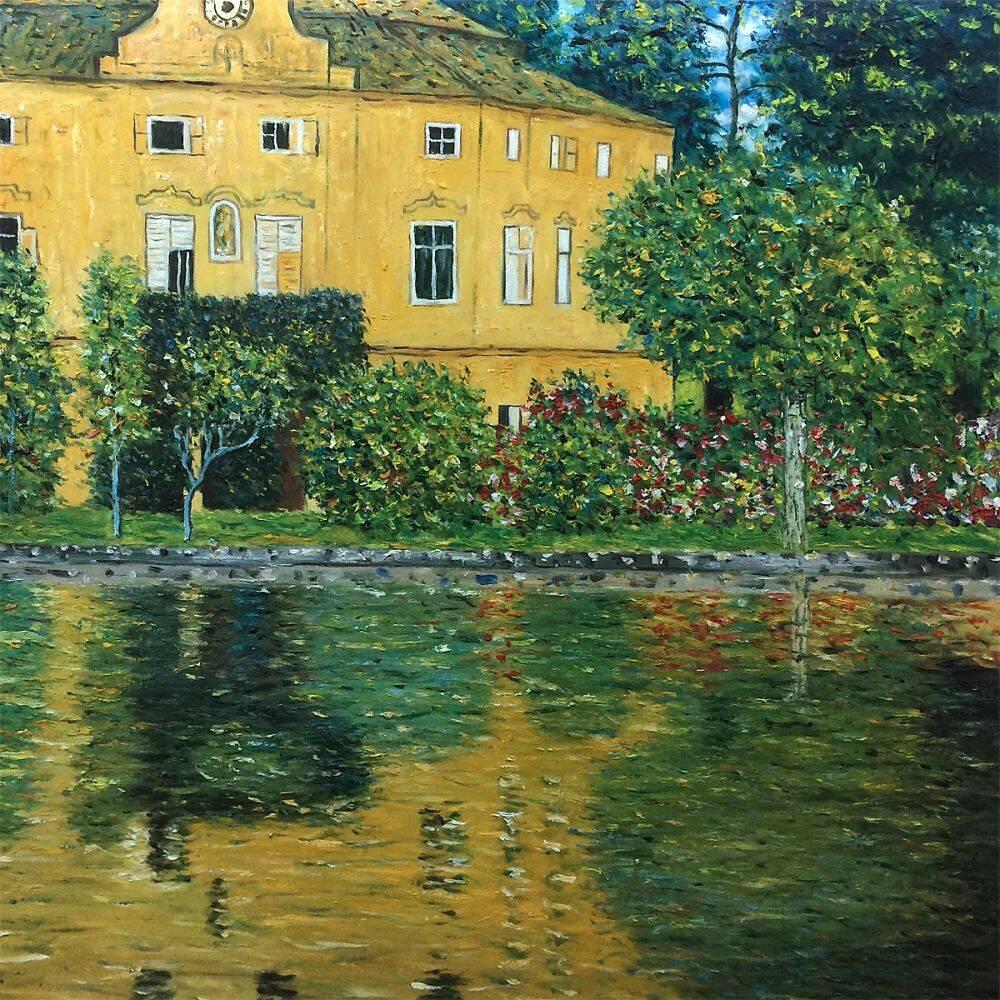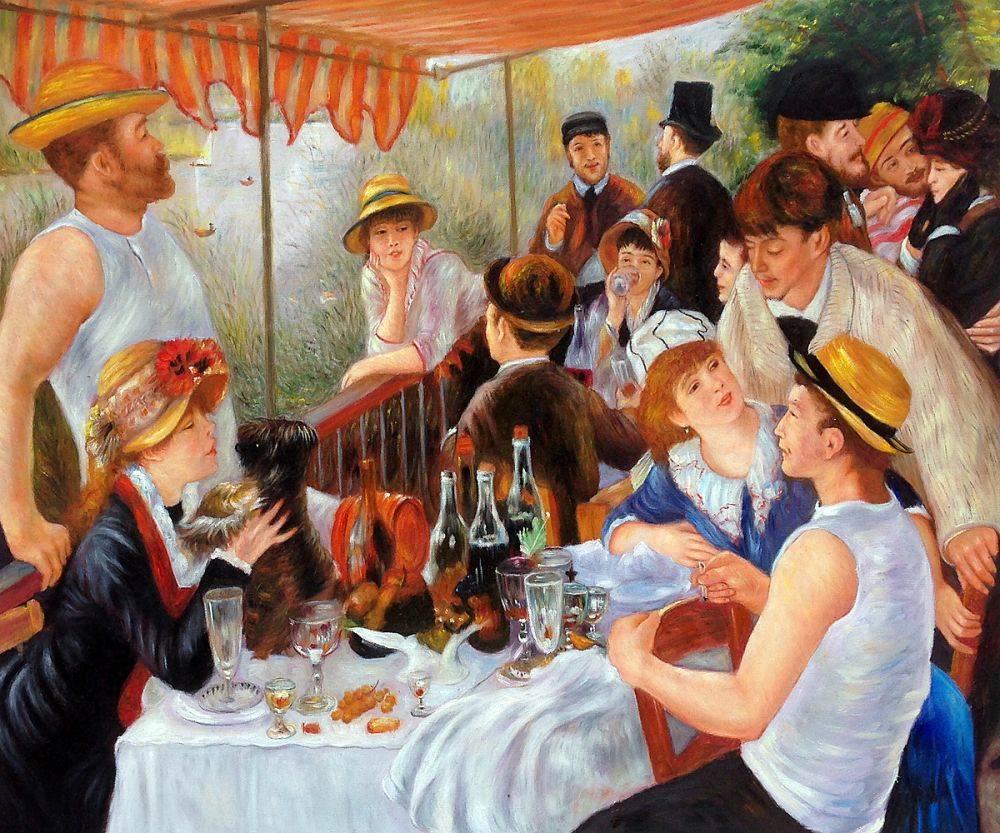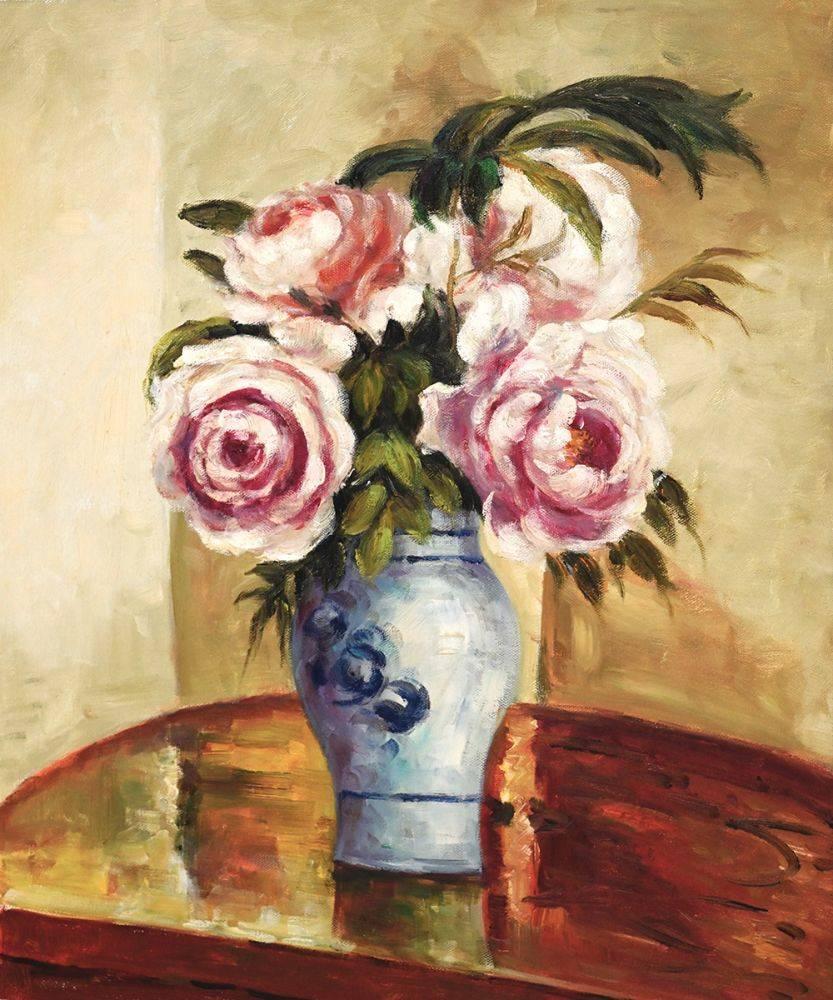Art
Art Reflections
Red Enlivens: From Stop Signs to Spring
 The seeds of spring are starting to flower. The daffodils have poked their heads through the frost-bitten ground and the dogwood blooms are beginning. When we think of spring, we think of flowers, but it’s also about life, about the days being longer and warmer. Spring poses a question: What enlivens you?
The seeds of spring are starting to flower. The daffodils have poked their heads through the frost-bitten ground and the dogwood blooms are beginning. When we think of spring, we think of flowers, but it’s also about life, about the days being longer and warmer. Spring poses a question: What enlivens you?
Red. Scientifically speaking, color is nothing more than a visual effect of light transmitted or reflected off of objects. Red has the longest wavelength on the part of the color spectrum visible to the eye. This is why stop signs are red. It rivets the attention. To some it may seem aggressive; to others it may seem pleasantly exciting.
The effects of color on emotion are widely discussed, but these are effects are based on little more than conjecture. It has sometimes been said that red is not only psychologically stimulating, but also has a physical effect on people by increasing their blood pressure and heart rate. Several studies have leaned toward and leaned away from this assumption. What we have learned through studies is that humans, and other mammals, associate red with “no.”
In 2011, the Association for Psychological Science released a study that revealed that the male rhesus macaques (a type of “old world” monkey), which is very sensitive to blue, green, and red was more likely to stay away from a human in a red shirt offering them food. Blue and green didn’t seem to matter to them, nor did the gender of the human. The researchers link this to evolutionary adaptation.
“We – primates and then humans – are very visual,” Dr. Kralik explains. “We are also very social.” In both realms, color has important effects, from telling us which food is edible to helping us gauge the emotions of others by the relative redness of their skin. Put the two together, he says, “and we start to see that color may have a deeper and wider-ranging influence on us than we have previously thought.”
So, how does this influence our perceptions of art, how we decorate and clothe ourselves? What about the varying shades of red, how burgundy will flatter one person while a cherry red will flatter another? The everyday individual may note how in bird species the male has the brighter colors and more plumage to attract the female, while she is left with drab, dull colored feathers on the evolutionary ladder.
The impressionists painted what they saw. Georges Pierre Seurat took a very scientific approach to his post-impressionist renderings than did his predecessors with their looser brushstrokes. Seurat’s scientific method of painting was named pointillism for the “points” of color he placed on canvas, in response to his perception of the emission and reflection of light. These points of color would then be “mixed” by the eye. His method is also known as divisionism or chromoluminarism.
This method would influence modern artists, but the painter Paul Signac would be its greatest defender. Seurat, himself was influenced by Rembrandt and Goya. Each artist had his choice of rendering, his own unique perception of the mystery of light.
Think about it. Everything you see is light. It’s all in perception. So, back to that question, what enlivens you? How are you going to express that this spring?




